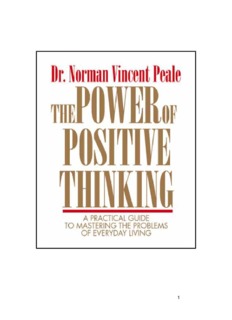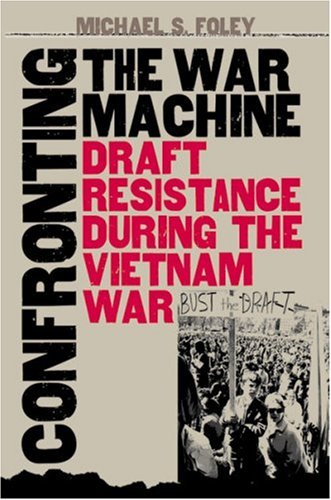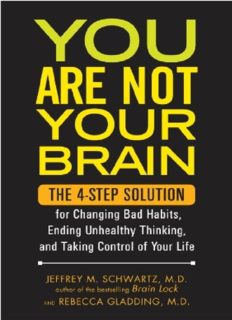موضوعات
آموزش و پرورش
ادبیات و زبان
پزشکی، دندانپزشکی و داروسازی
تاریخ و جغرافیا
داستان و رمان
دیگر
دین و فلسفه
روانشناسی
ریاضیات و آمار
سلامتی، تناسب اندام و رژیم غذایی
شیمی و پلیمر
علوم اجتماعی و حقوق
علوم زیستی و بیوتکنولوژی
فیزیک و نجوم
کامپیوتر و اینترنت
کتابهای کودکان و داستان
کسب و کار و اقتصاد
کشاورزی و دامپزشکی و غذا
معماری
مهندسی و فناوری
هنر و تئاتر
محصولات
Jetzt lerne ich Perl : Unix, Linux, Windows, CGI - der einfache Einstieg in die Script-Programmierung - Original PDF
نویسندگان: خلاصه: Dirk Louis, selbstständiger Programmierer und Autor, studierte Informatik und Biologie und war einige Jahre am Max-Planck-Institut für Informatik in Saarbrücken tätig. Neben dem vorliegenden Band verfasste er eine Vielzahl viel versprechender und gelungener Computerbücher im Markt+Technik Verlag.Flight Dynamics Principles, Second Edition: A Linear Systems Approach to Aircraft Stability and Control (6th Edition) - Original PDF
نویسندگان: خلاصه: The study of flight dynamics requires a thorough understanding of the theory of the stability and control of aircraft, an appreciation of flight control systems and a comprehensive grounding in the theory of automatic control. Flight Dynamics provides all three in an accessible and student focussed text. Written for those coming to the subject for the first time the book is suitable as a complete first course textActs of god - Original PDF
نویسندگان: خلاصه: With the exception of the 9/11 disaster, the top ten most costly catastrophes in U.S. history have all been natural disasters - five of them hurricanes - and all have occurred since 1989. Why this tremendous plague on our homes?In Acts of God, environmental historian Ted Steinberg explains that much of the death and destruction has been well within the realm of human control.Emotions and War: Medieval to Romantic Literature - Original PDF
نویسندگان: خلاصه: This volume addresses the place of the emotions in literary representations of war across six centuries of European history. It challenges modern assumptions about the passions and feelings attending violent conflict in order to reveal the multifarious historical emotions and emotional histories of war.Pain and Emotion in Modern History - Original PDF
نویسندگان: خلاصه: Drawing on the expertise of historical, literary and philosophical scholarship, practicing physicians, and the medical humanities this is a true interdisciplinary collaboration, styled as a history. It explores pain at the intersection of the living, suffering body, and the discursive cultural webs that entangle it in its specific moment.Emotions, Language and Identity on the Margins of Europe - Original PDF
نویسندگان: خلاصه: When a word describing an emotion is said to be untranslatable, is that emotion untranslatable also? This unique study focuses on three word-concepts on the periphery of Europe, providing a wide-ranging survey of national identity and cultural essentialism, nostalgia, melancholy and fatalism, the production of memory and the politics of hope.آیا کتاب مورد نظر هنوز بر روی سایت قرار نگرفته است؟ جای نگرانی نیست! کافی است بر روی گزینه سفارش کتاب کلیک کرده و درخواست خود را ثبت کنید. در کمتر از چند ساعت کتاب شما را آماده خواهیم کرد.









